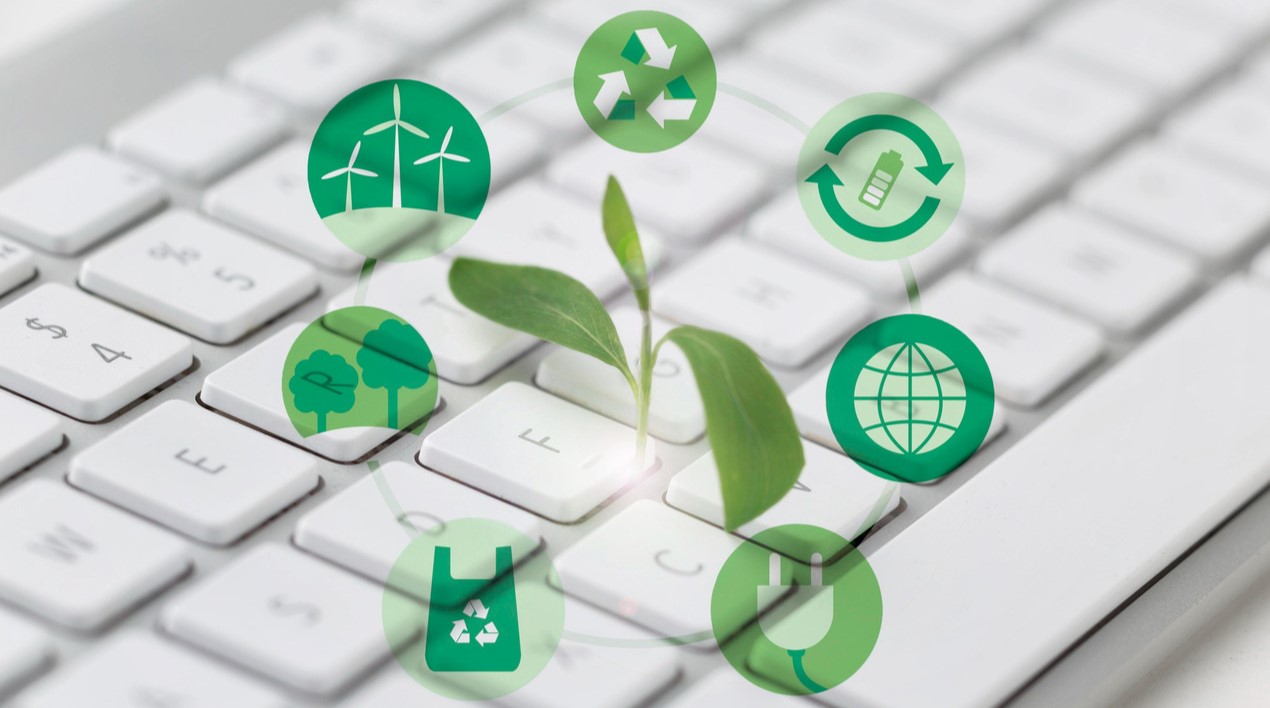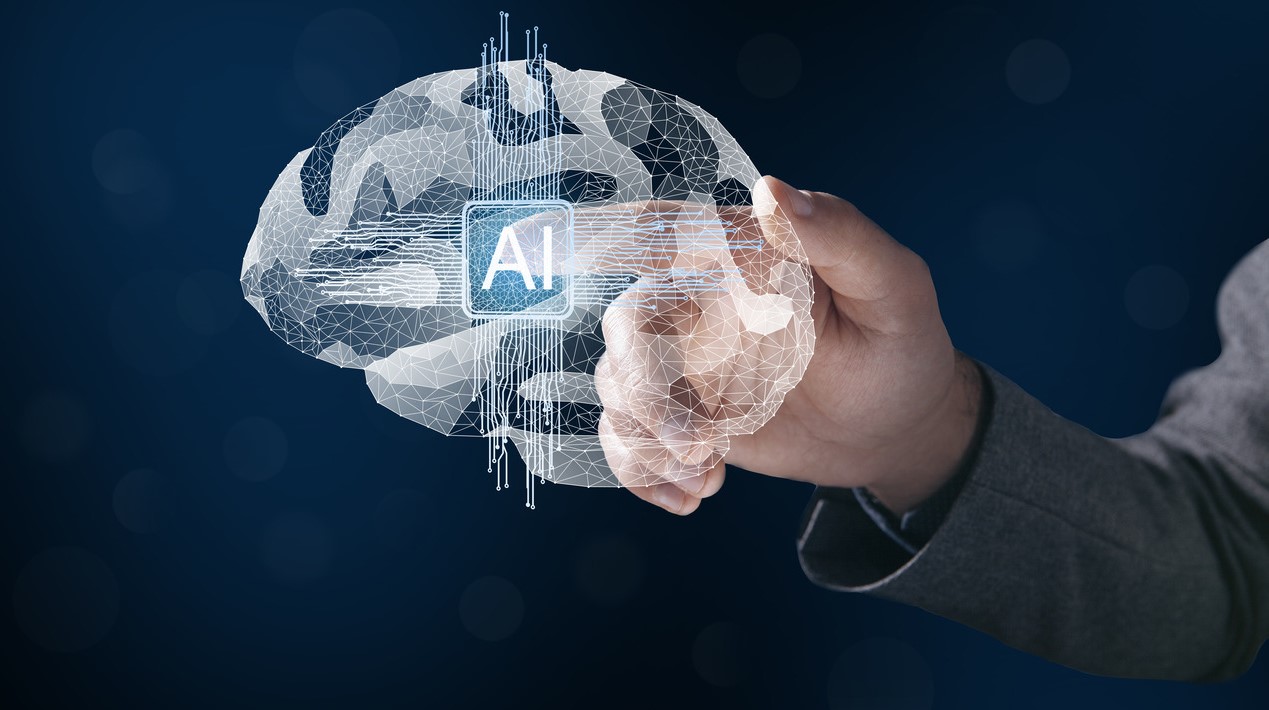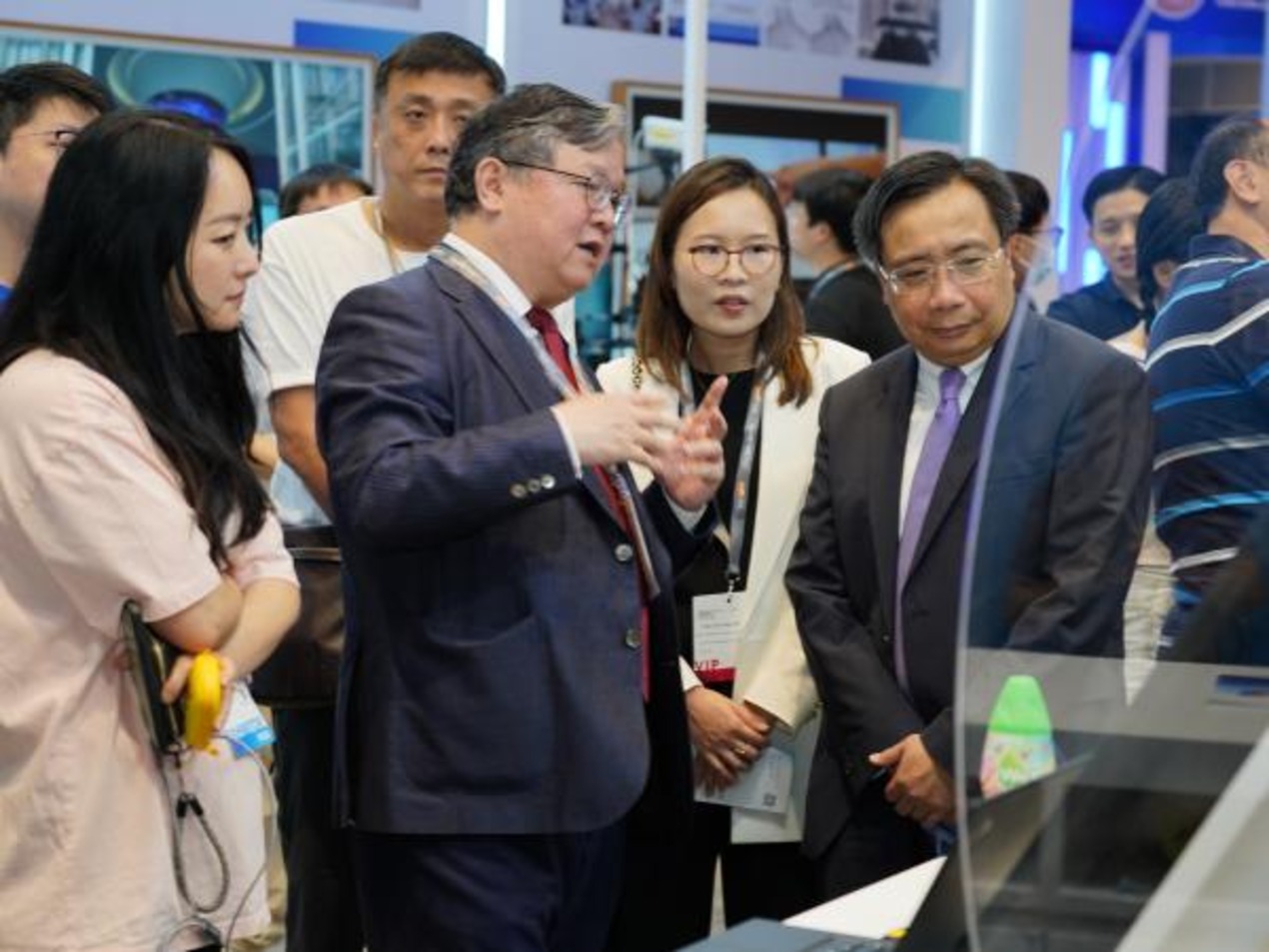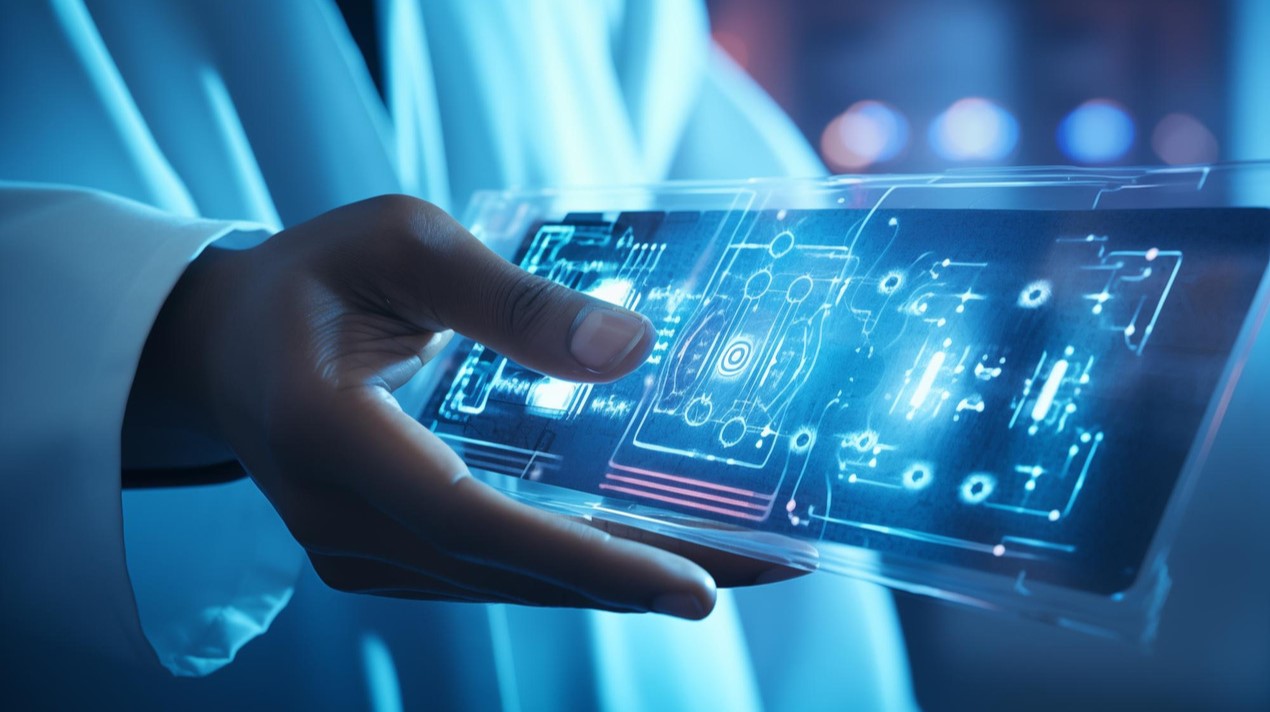
Hanoi has developed a strategy and roadmap to build a smart city by 2025, along with the project titled “The smart city ICT architecture for Hanoi”. Hanoi is developing this smart city with the goal of building an e-government.
Due to the size and population of Hanoi, the need to build a smart city with sustainable development and bringing convenience, safety and friendliness is becoming increasingly urgent but with the application of new and key technologies of the Fourth Industrial Revolution is expected to meet the needs of this rapidly growing city.
Hanoi looks to international smart cities to build e-government and smart city
Hanoi will develop its information and communication technology by looking at international case studies. By using examples of international best practice, this will to help Hanoi develop the competitiveness, innovation, transparency and efficiency of its urban authorities.
Hanoi has been promoting its international co-operation in order to meet its smart city goals. The city’s leaders have actively worked with foreign businesses to build the country’s largest data centre complexes in Hanoi. Hanoi’s authority has also worked with the world’s leading IT corporations, and have signed co-operation agreements with Microsoft Corporation, Dell Technology Group on building an e-government and a smart city.
Hanoi rolling out public sector e-services
Hanoi has rolled out a public service portal to provide online services and is aiming to have 80% of online public services at advanced levels by the end of 2019. The city will use online registration for newly- established enterprises at the rate of 100%, e-customs at the rate of 100%, electronic tax declaration and social insurance at the rate of over 98%.
The city has already begun digitising urban transport and infrastructure
In regards to urban transport, Hanoi has built and put into operation the Centre for Urban Traffic Management and Operation for many years now. The city has also deployed an itinerary management application on more than 100 bus routes. The city is currently finalizing their smart transport scheme, concentrating on digitizing infrastructure and transport, building software and applications for traffic management and handling violations automatically.
In the field of natural resources and environment, Hanoi has been carrying out environmental monitoring on air quality, water quality, rainfall, flooded area maps. The city is also putting in place investment processes to build a general database system database for its land management.




















